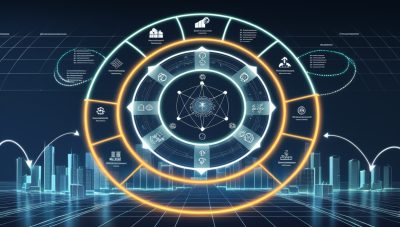
Six Stage Digital Transformation Maturity Framework: A culture-led, behavior- and capability-driven approach
This six-stage digital transformation maturity framework explains how organizations evolve their behaviors, culture, and capabilities through a defined progression. It outlines the shifts from early experimentation to systemized practices, enterprise integration, and innovation-driven operations. This model helps leaders understand their current position, anticipate maturity requirements, and align stakeholders around a shared view of organizational evolution.









